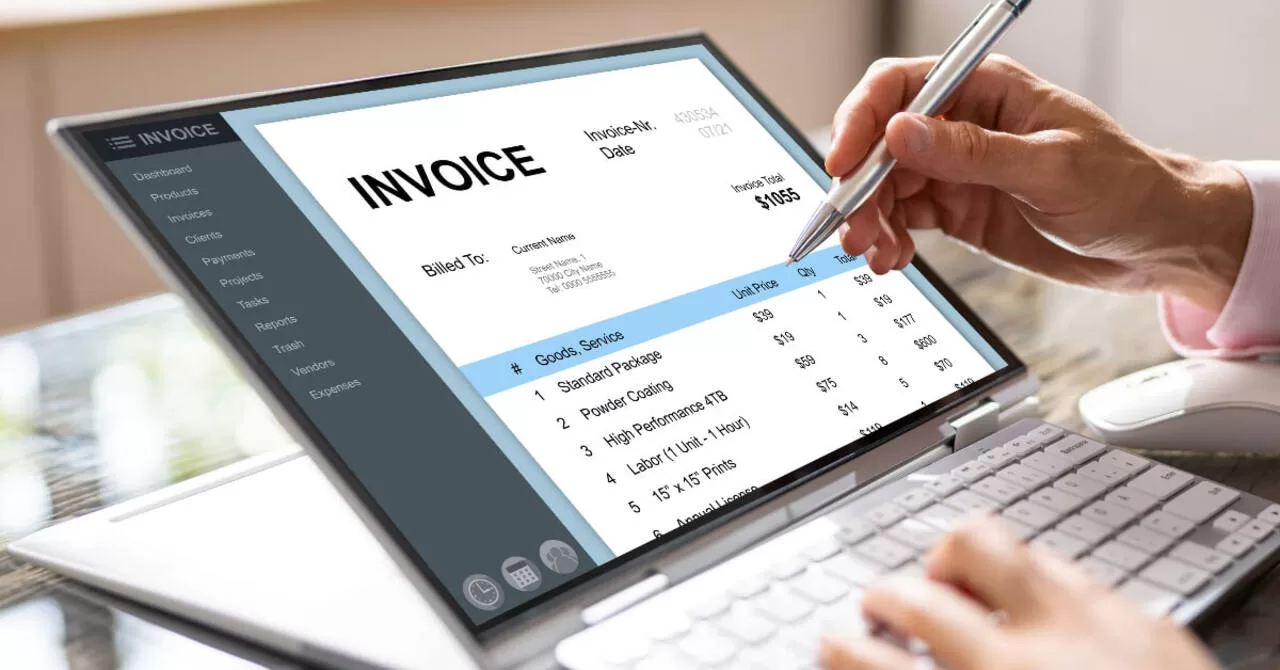The distribution of invoices is a crucial task for every company. In old times, you most likely used paper-based invoice processing exclusively. Invoices may have needed to be printed out, mailed to a customer, and followed up with to get confirmation, payment, or proof of receipt. Fortunately, it need not remain the situation. Handling invoices has advanced significantly in recent years due to electronic invoicing, or e-invoicing, which streamlines processes and makes them more accessible. This blog will define the meaning of electronic invoicing, describe how it works, and discuss its advantages for your business.
What are electronic invoices?
Digital invoicing or e-invoicing are other terms for electronic invoicing. It is the method of charging your consumer digitally or via the Internet rather than receiving electronic invoices in person or by email. However, converting paper to electronic invoices is different from e-invoicing. In simple terms, a snapshot of a paper invoice or using an app to convert paper to electronic invoices is not called e-invoicing. If it wasn’t delivered online and did not contain structured data that a machine could read or extract, it is not an e-invoice.
How do you create electronic invoices?
The data on e-invoices is identical to that on “traditional” invoices. In addition to the specifics of the service or product, you have provided. It also contains details about the person who received it and your business’s invoice number, date, and VAT number. To generate electronic invoices, you will want a software program that can “translate” an invoice produced in your ERP system into an invoice that can be read and received by your customer’s ERP system. There’s a chance your ERP system has an integrated feature for generating specific electronic bills. If you still need to, you may create the kind of invoice you wish to send using some unique web-based services.
What are the types of electronic invoices?
How do you send electronic invoices?
Electronic invoices can be transmitted via a private EDI association, a public network, a government website, or a service provider. Remember that electronic invoices must be sent to customers. Thus, you can only send an electronic invoice after contacting your clients. It is preferable to initiate the topic early because everyone will need to be on board. Structured data or any other machine-readable format is sent straight into the consumer account or ERP software when you send them an electronic invoice.
What are the benefits of electronic invoices?
There are several advantages to converting to electronic invoicing, such as:
- It is simple and effective. Businesses may easily create their invoices using blueprints, saving hours of laborious manual processing while sending them safely and digitally from any location.
- It is both intangible and robotic. Larger businesses can gain from e-invoicing’s automatic features. This frees up additional time for the accounts payment staff by sending repeating invoices on an ongoing basis.
- Reduce the possibility of being late with payments by using paper invoices; faster, more efficient payments informed in real-time will enhance the flow of funds.
- It is expensive and time-consuming to erase mistakes on paper invoices manually. Invoicing technology enables you to reduce the chance of human error while making rapid updates immediately visible in your invoicing portal—your one source of truth.
What are the drawbacks of electronic invoices?
While the advantages of e-invoicing are apparent, there are some possible drawbacks to consider before making the transition.
- Manual invoicing faces more expenses since it involves a more significant time commitment for processing each invoice and the additional resources necessary to remedy mistakes.
- The danger of identical or bogus invoices is significantly greater when every invoice is individually reviewed.
- Employees spend more time producing and inputting invoice data.
How do you select suppliers of e-invoicing solutions?
Despite the abundance of e-invoicing suppliers, it is essential that a corporation comprehends its own needs and does extensive study. To accomplish AP automation, the goal should be to choose an e-invoicing system that meets all company needs and interfaces with other accounting software and ERP. When looking for an e-invoicing solution, bear the following in mind:
- Elements for security provided
- Service to clients and dependability
- Technical knowledge
- Possible interfaces for automated payroll
- Safety of e-invoices with local laws
How do you implement e-invoicing solutions?
You’ve just reached midway when you select a digital invoicing provider. You’re returning to square one if your customers stay with you. High-value clients will likely remain with you if you acknowledge their importance. Here are some things to think about to provide a smooth and easy onboarding experience for your clients.
- Including your customer base in your thoughts is critical if you’ve decided to go virtual. Therefore, you must give your clients many chances to comprehend the reasons for your change rather than simply sending them an update email and calling it a day.
- It’s not feasible to think that your consumers will convert within a week due to the persistence of old patterns; this is also unacceptable service. For instance, the finance operations may have to undergo drawn-out internal authorization procedures if it serve larger business customers. If you give them ample time, you won’t have to worry about your clientele moving to a rival that sends paper bills.
- You can save expenses once you convert to e-invoicing, so consider setting aside part of that money for incentives. If consumers transition to early payment for electronic invoices before the final due date. You may provide minor savings on the following three bills. An alternative would be for you to donate on the client’s behalf to a charity of their preference.
- Even if all of your clients should be aware of your digital shift to electronic invoicing. It might be wise to designate a unique strategy for your most valuable clients. Assume you run a law practice and that more than 70% of your income comes from a select group of customers. If so, consider setting up a one-on-one appointment to explain to them why you’re switching. If the business is smaller, this can be the CEO or the supervisor of the accounts payments division.
Conclusion:
In addition to improving client satisfaction and keeping ahead of the virtual bend. Electronic invoicing saves time and money, expedites the procedure, and boosts efficiency. You may effectively initiate electronic invoicing and retain your clients during the shift with some work and time. To successfully adopt e-invoicing in your organization and enjoy the benefits, this guide will help get you off to a compelling start.




